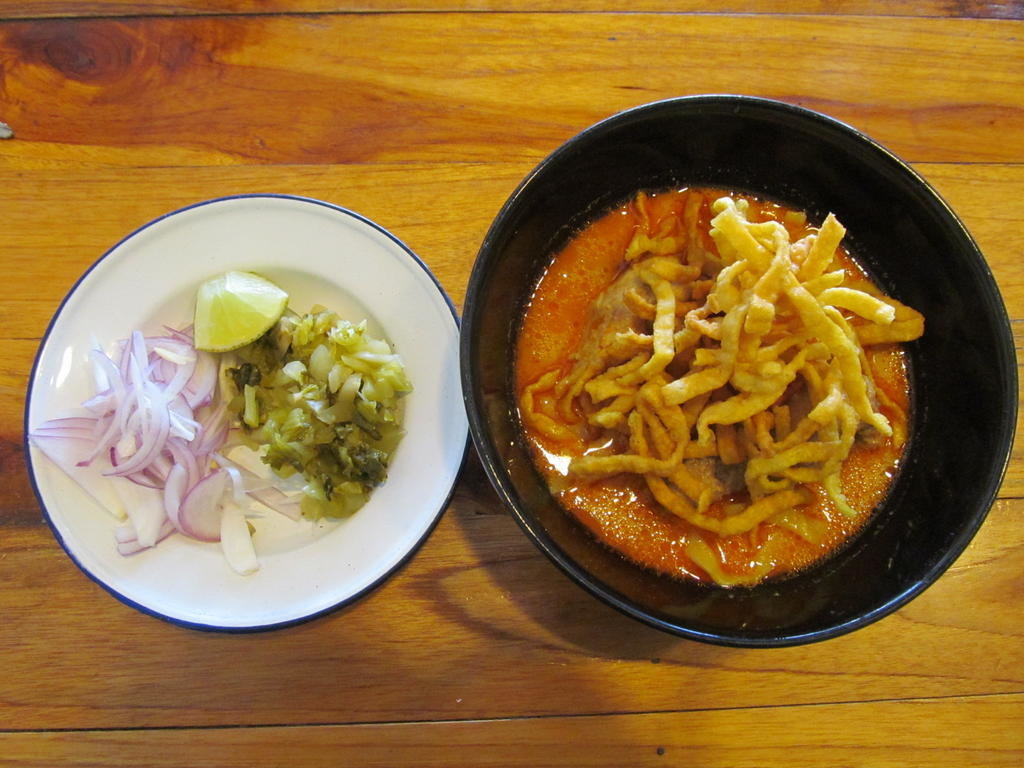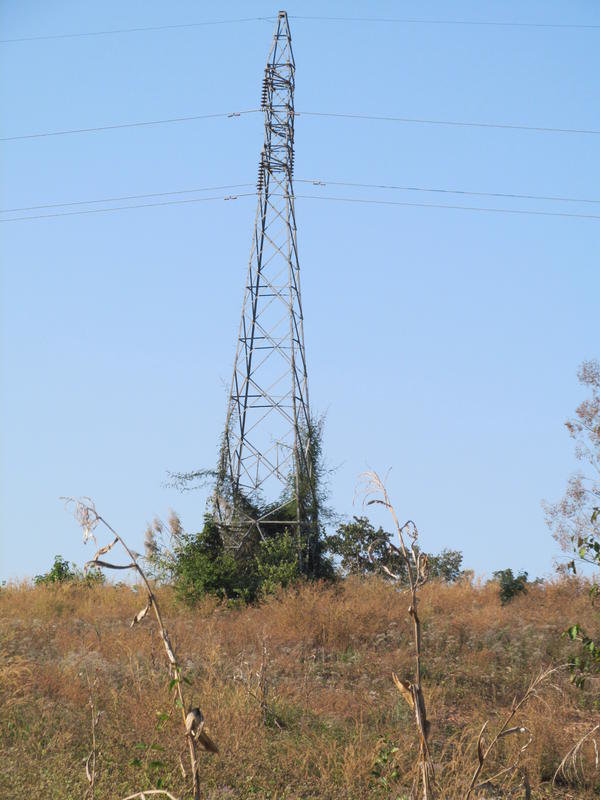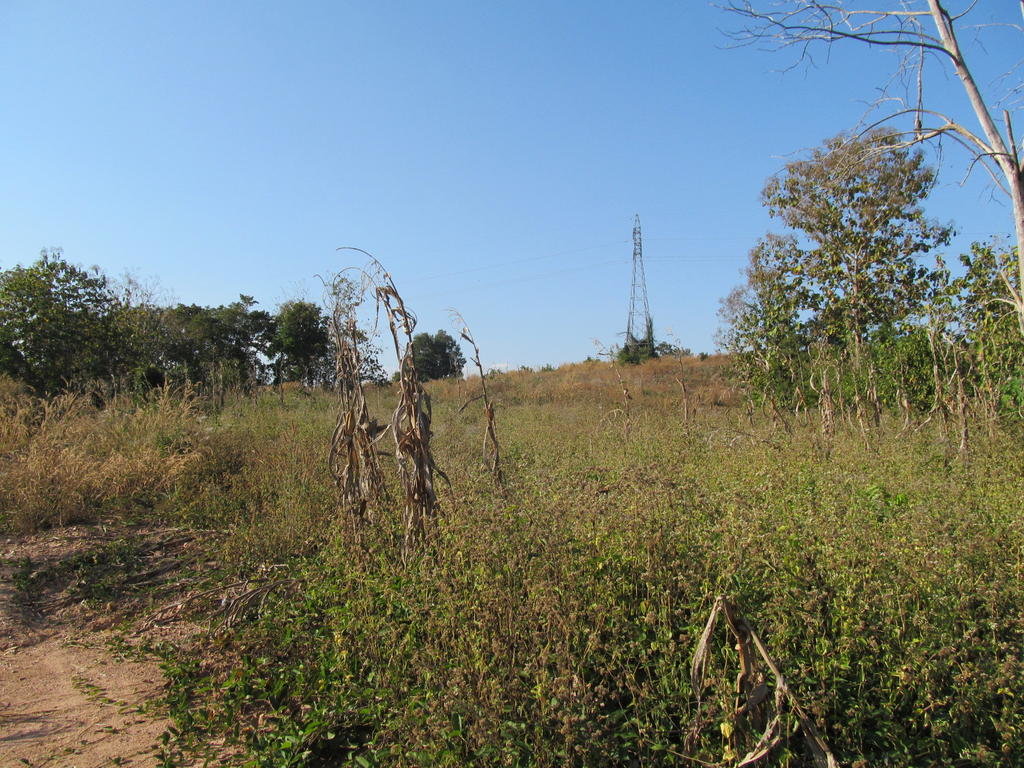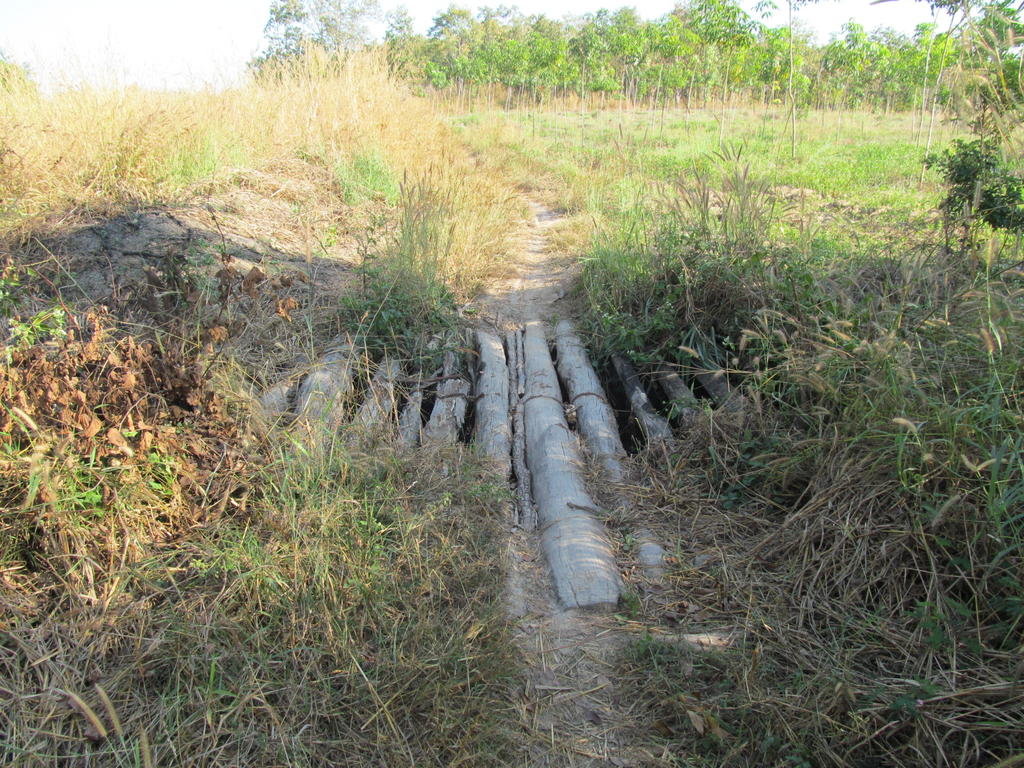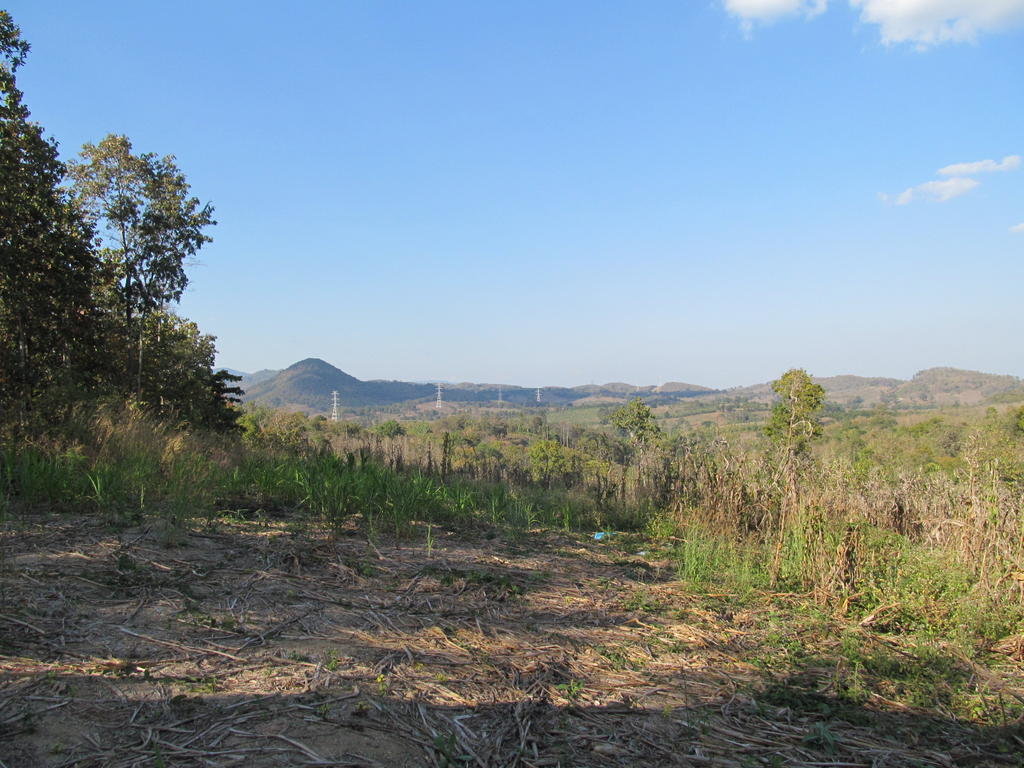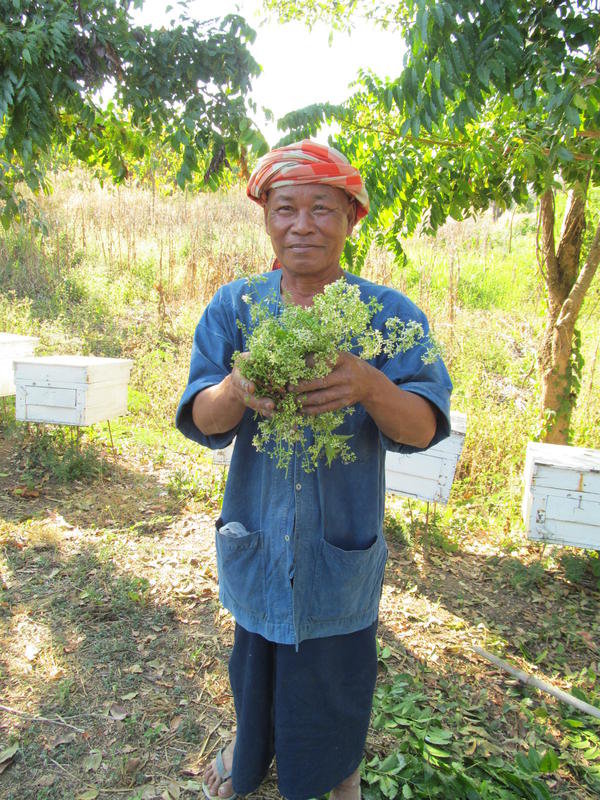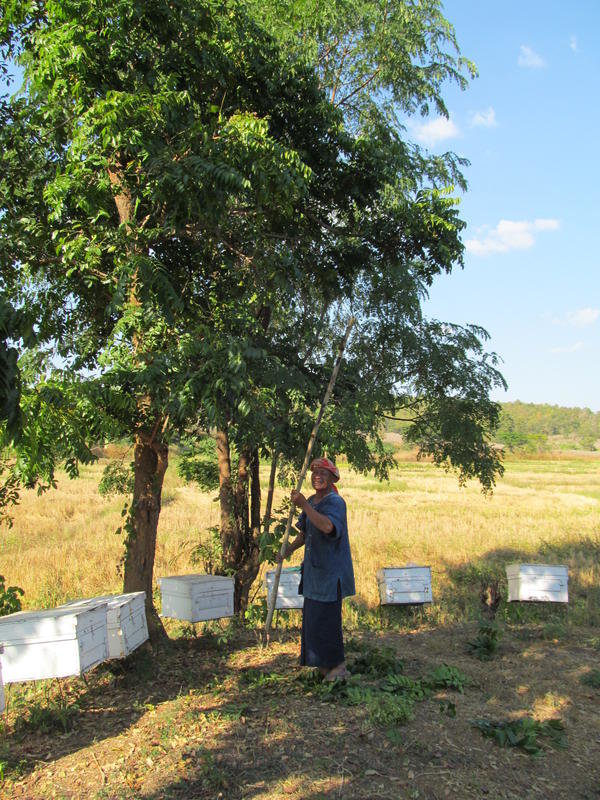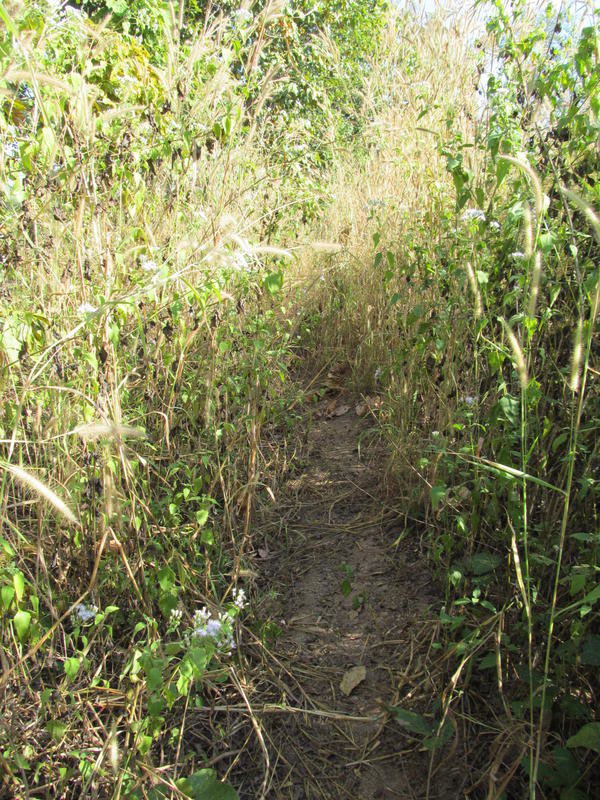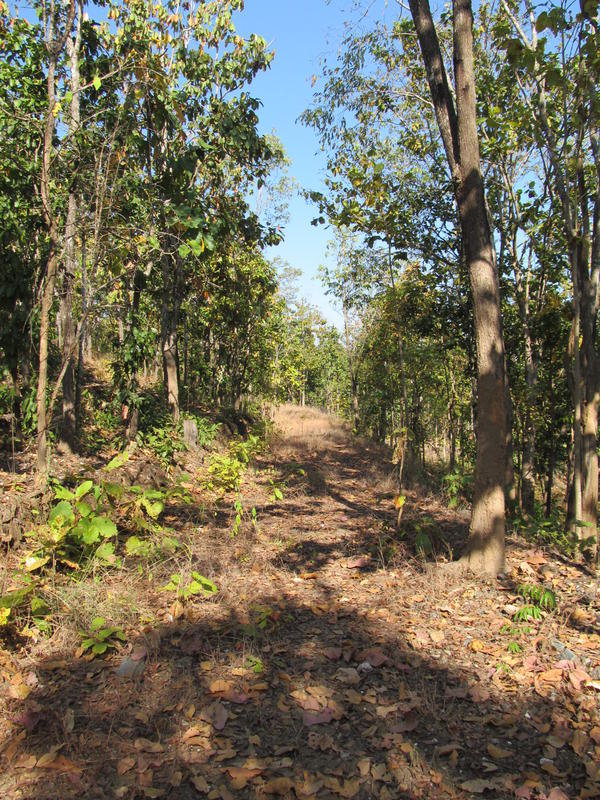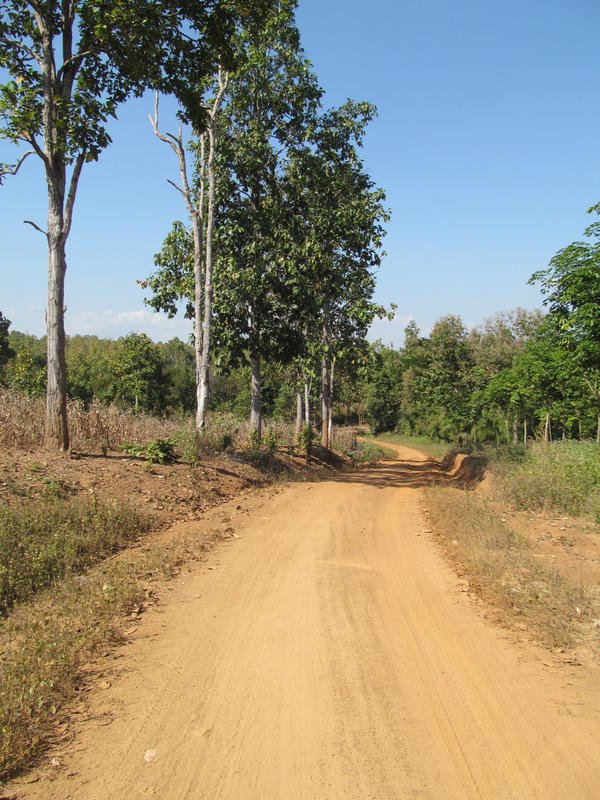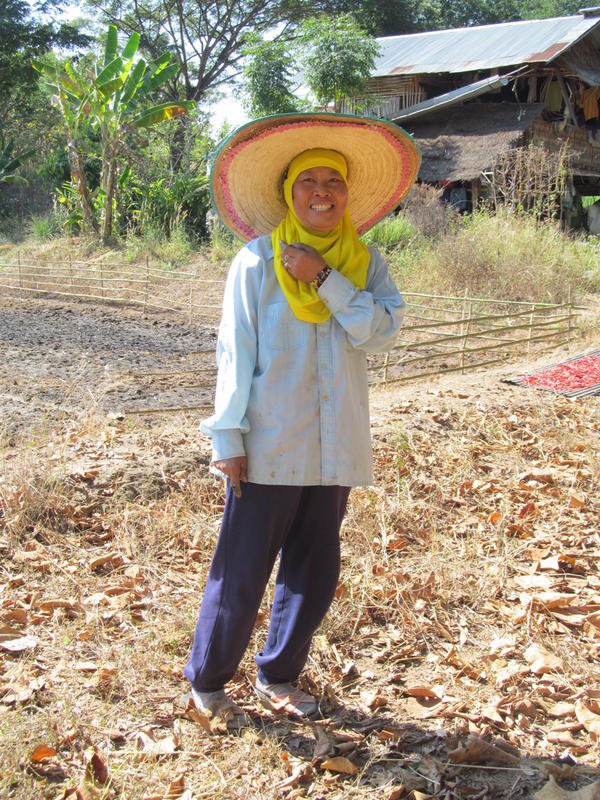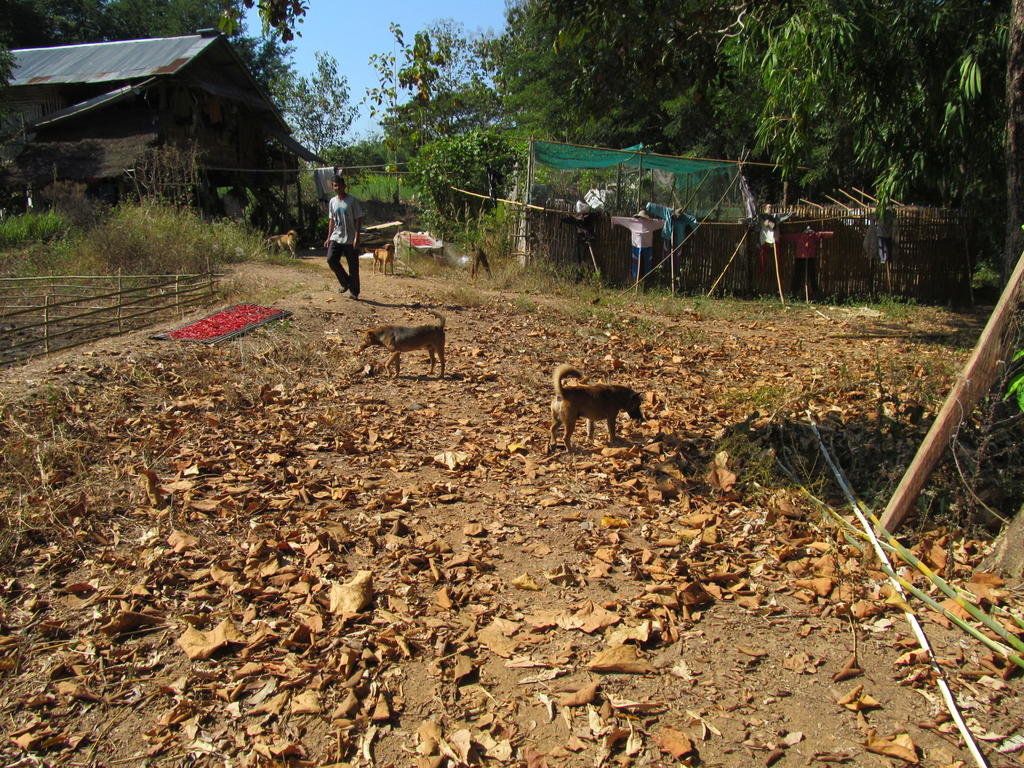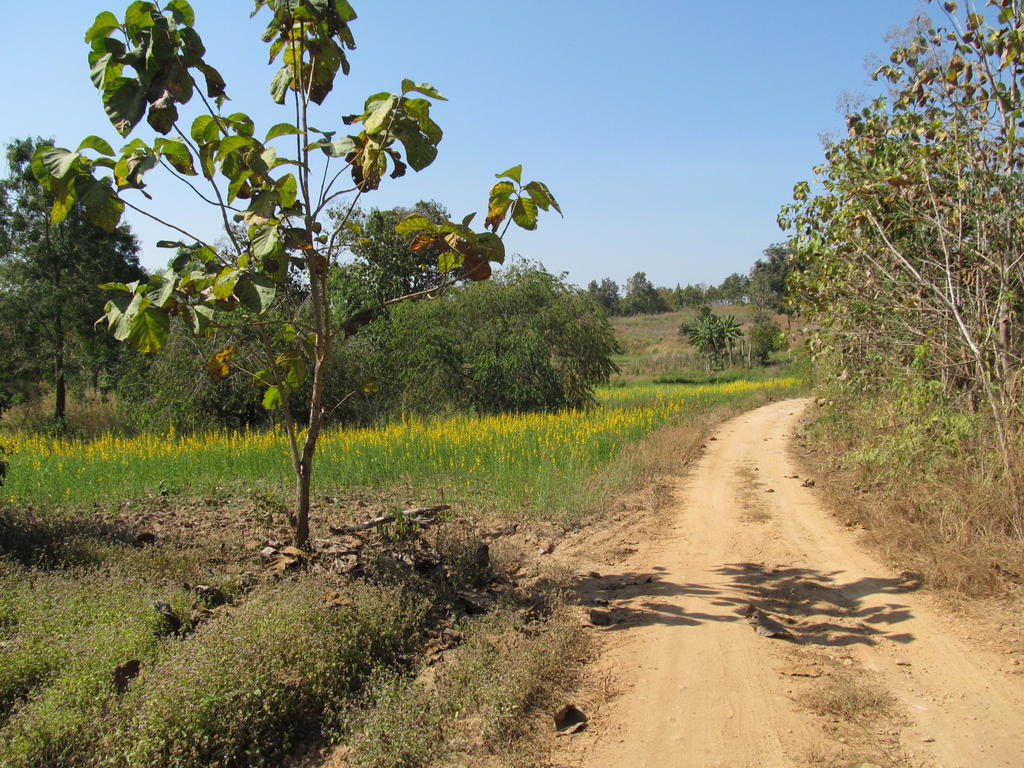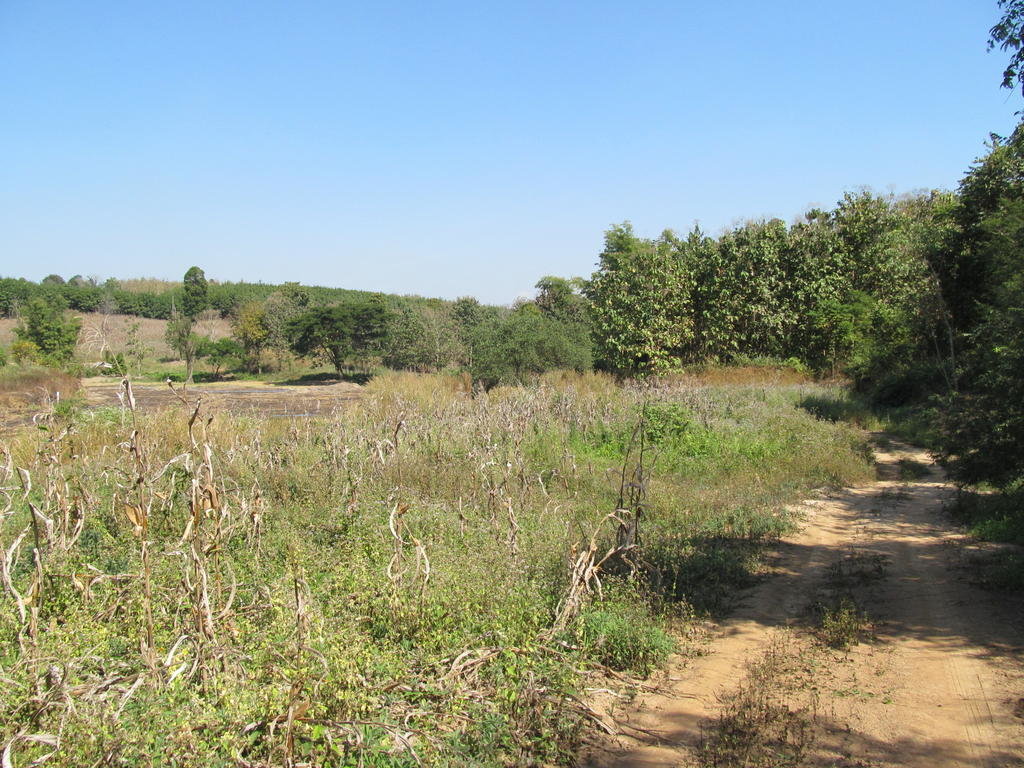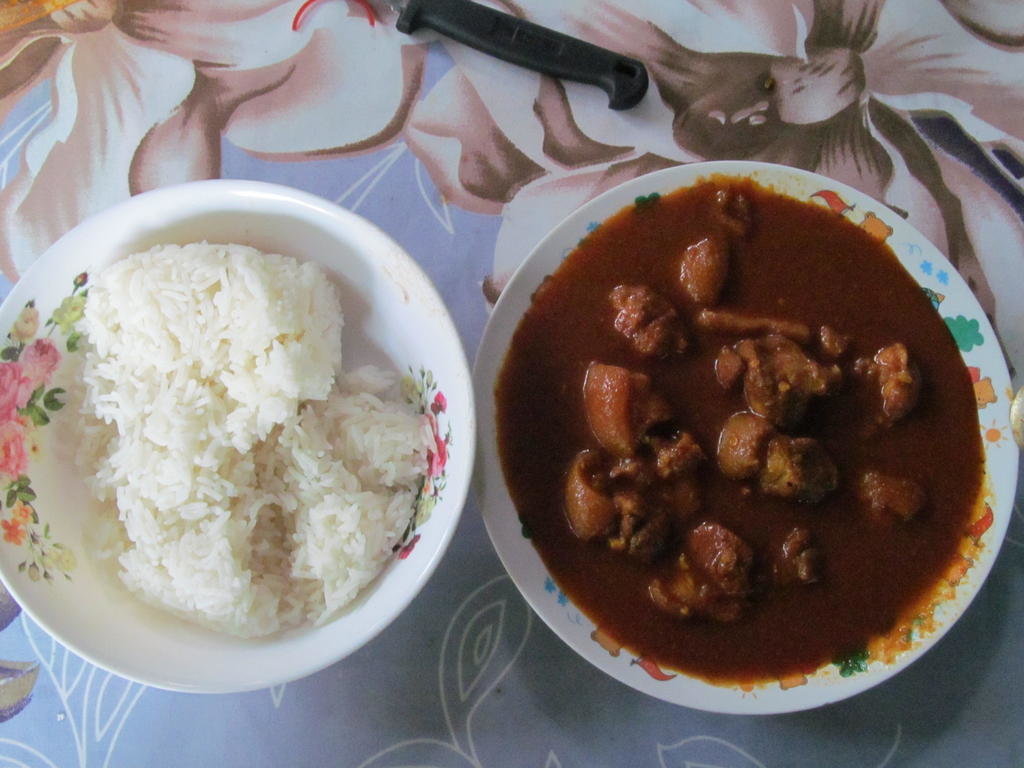Speaking of Kao Soi ….
Who doesn't know Kao Soi? Who doesn't like it? For expats, Thai people and anyone who ever visited Chiang Mai
would have been heard or tried our famous yellow noodle dish at least once.
Here's a very brief introduction; The most believable presumption is that Kao Soi first came from a Chinese-Muslim recipe which Chin Ho
(Chinese from Yunnan province, South China) brought with them when they moved more south to northern Myanmar, Laos and Thailand.
At first there was no coconut milk in the soup (I can't imagine Kao Soi without coconut but I am really interested to try).
And of course, Chinese-Muslims don't eat pork and that's why we mostly see Kao Soi with chicken or beef. Nowadays seafood, pork and meatball Kao Soi
can be found as well but honestly, chicken and pork are really the best.
There is a very interesting fact about my city, Chiang Khong and Kao Soi and that is that we don't have it there! We took it from Chiang Mai and of course
you can eat yellow Kao Soi in Chiang Khong but when you say Kao Soi, then it will refer to Nam Ngiew, the previous recipe we cooked.
Let's make it more complicated. Chiang Rai has the word Kao Soi but it's Nam Ngiew with rice noodle/Sen Yai, when Nam Ngiew is served with Kanom Sen
(or Kanom Jeen-fermented rice flour noodles) then we will call it Kanom Sen or Kanom Sen Nam Ngiew.
Ingredients for the yellow Kao Soi are quite different as the paste contains dried chili, salt, garlic, shallot, kaffir lime skin, krachai (fingerroot), Kamin (turmeric)
lemongrass, shrimp paste and curry powder.
I always start by stir frying the past with a few spoonfuls of cooing oil and add beef. Then add soup and coconut milk. Beef will take a couple of hour to cook
so make sure you have a lot of coconut milk. When the beef is tender we can add more sugar and salt.
The special add in the noodle are, deep fried egg noodles, shallots, coriander, pickled cabbage and a slice of lime.

(Source 'Chiang Mai Mail')
